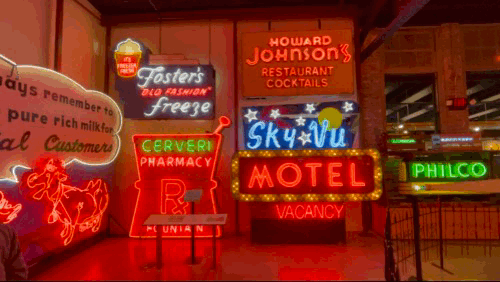
The American Sign Museum in Cincinnati, Ohio, is the brightest museum I’ve ever been in.



You begin to interest me…vaguely

The American Sign Museum in Cincinnati, Ohio, is the brightest museum I’ve ever been in.



The other fab Jazz Age exhibit at the Albany Institute of History and Art is Romancing the Rails: Train Travel in the 1920s and 1930s, which focuses on the New York Central Railroad.
It’s cool to see the original paintings for some of their now classic advertising posters. There’s also a lot of items from industrial designer Henry Dreyfuss’s work on the 20th Century Limited, “The Most Famous Train in the World.” Dreyfuss designed everything from the streamlined locomotives to the dinner plates.
Romancing the Rails is on display through February 2022.



Featured image: Observation Car design for the 20th Century Limited by Henry Dreyfuss, gouache on paper, 1938.
At the Albany Institute of History and Art: Fashionable Frocks of the 1920s showcases the adventurous dresses of the Jazz Age.
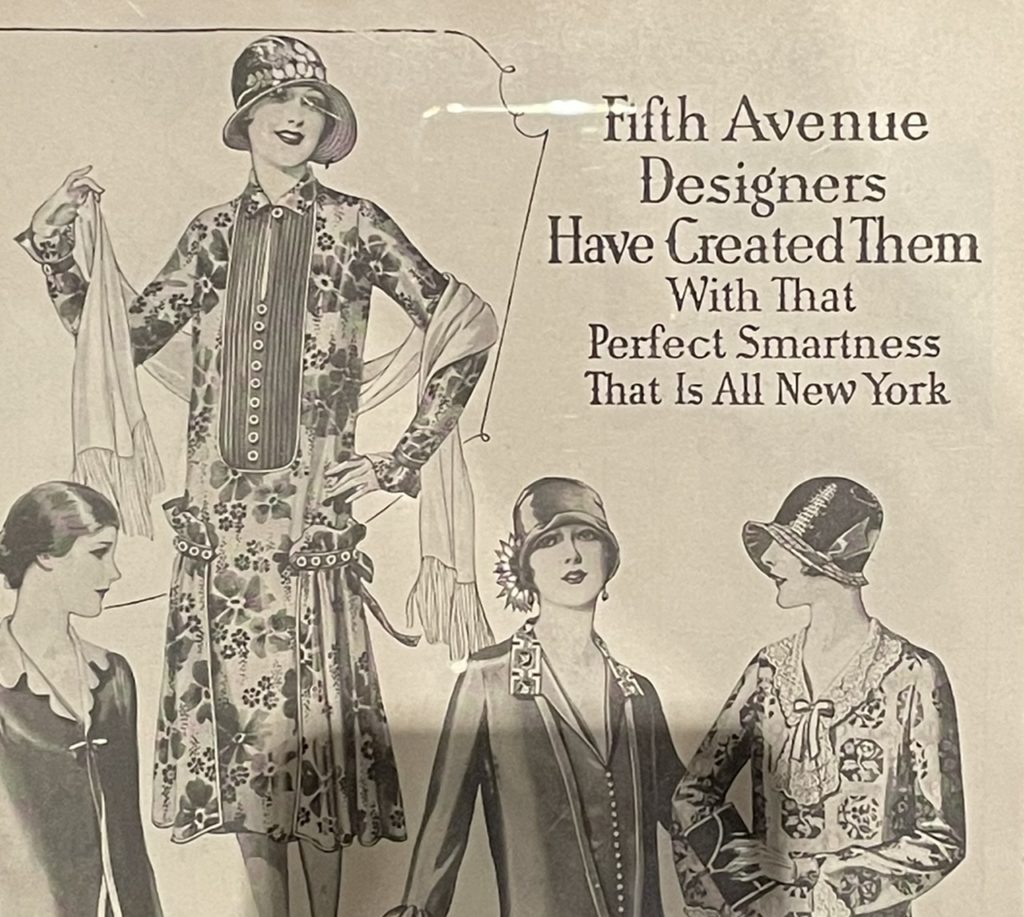
Featured image: Silk dress with flower, worn by former Girl Driver of Hospital Truck, D.T.A. Cogswell.
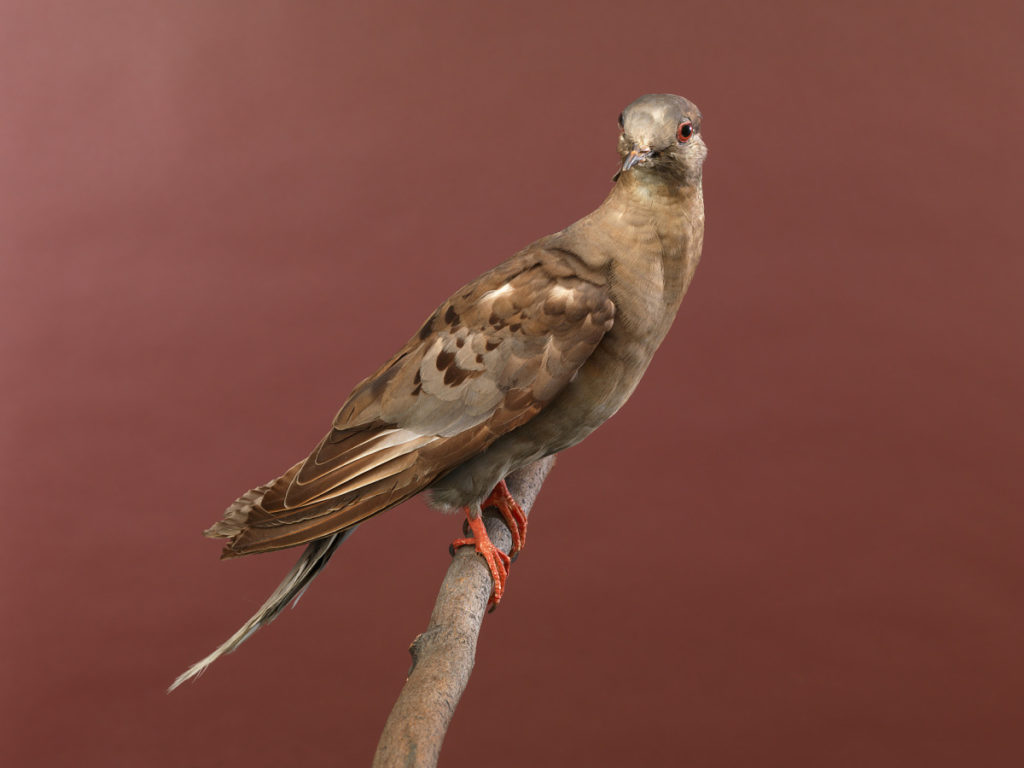
To celebrate the Smithsonian Institution’s formal announcement of its Open Access program, which makes almost 3 million digital images and 3-D models freely available, here’s one of Martha (a.k.a. USNM 223979), the last passenger pigeon. Viewed from this angle, she has a bit of an attitude.
Some of the Egyptian artifacts on display at Glencairn, a mansion turned museum outside of Philadelphia.



Some more pairings of Boehm porcelain sculptures with mounted birds at the New Jersey State Museum
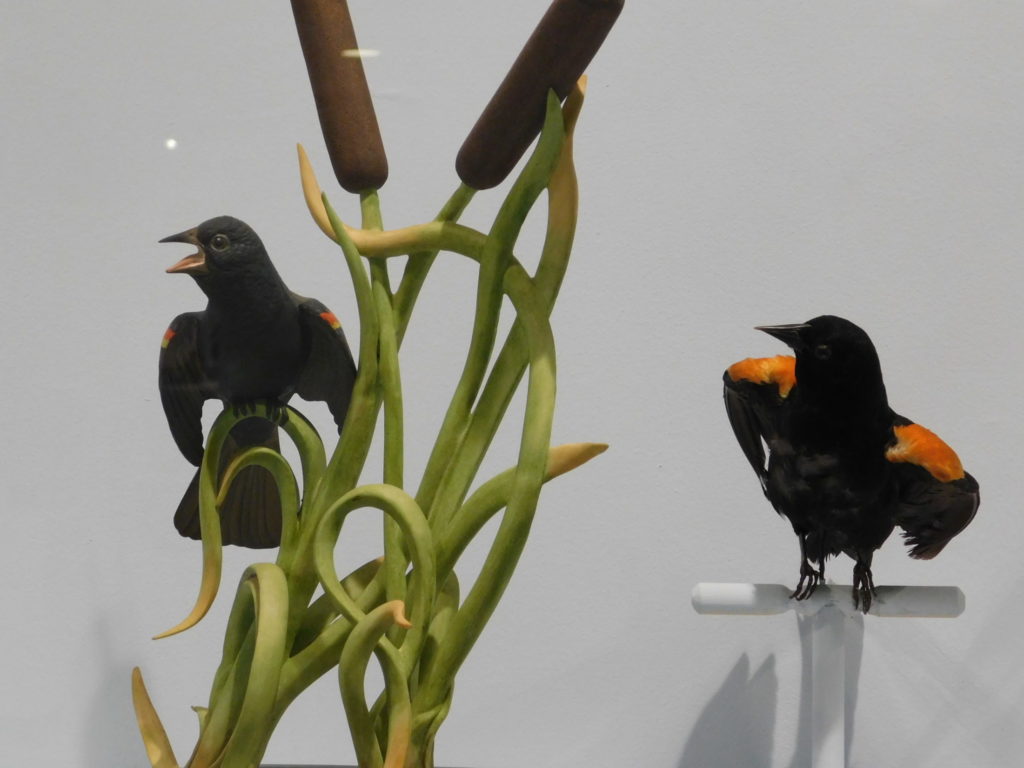
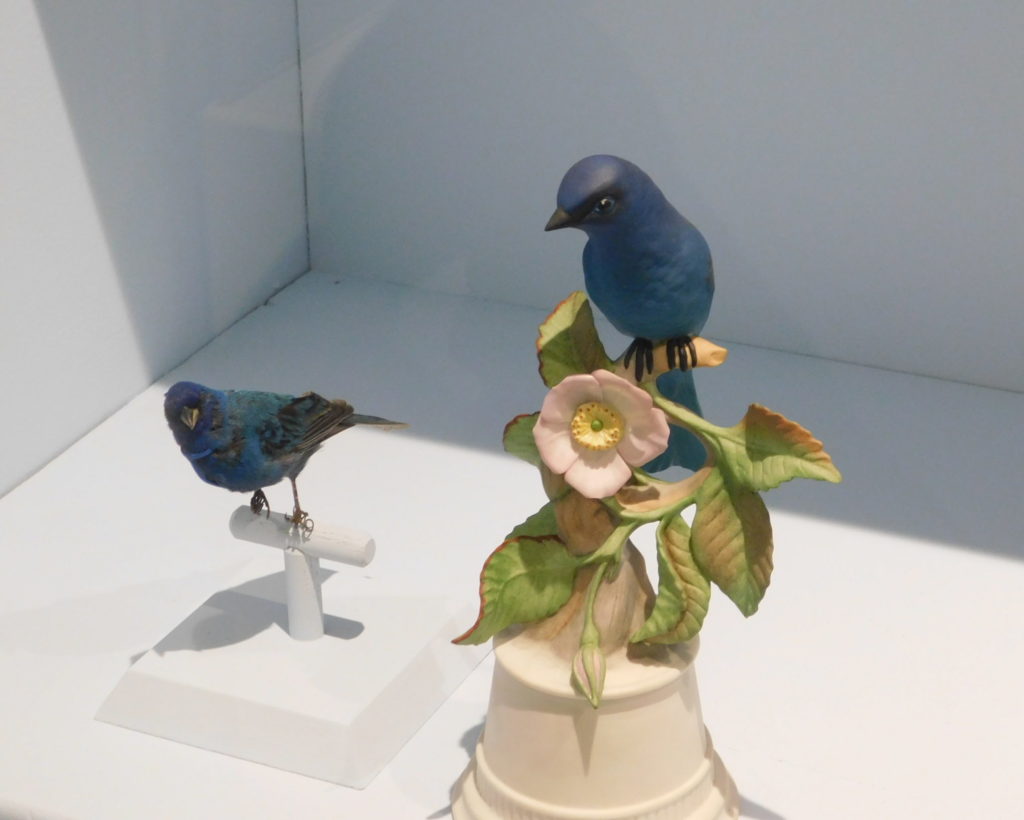
The New Jersey State Museum‘s Fine Feathered Friends exhibit combines mounted birds from the natural history collection with ceramic birds from the fine arts collection. Two extinct birds, the Carolina Parakeet (Conuropsis carolinensis) and the Passenger Pigeon (Ectopistes migratorius), are immortalized by the Stangl Pottery Company/Fulper Pottery Company of New Jersey.
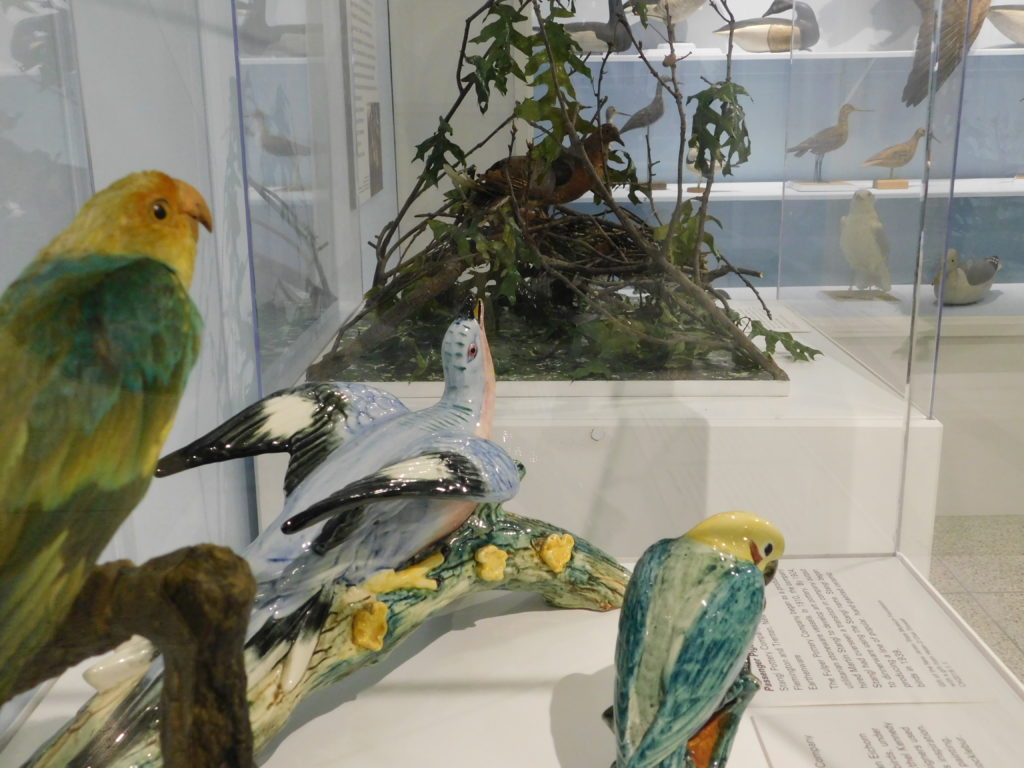
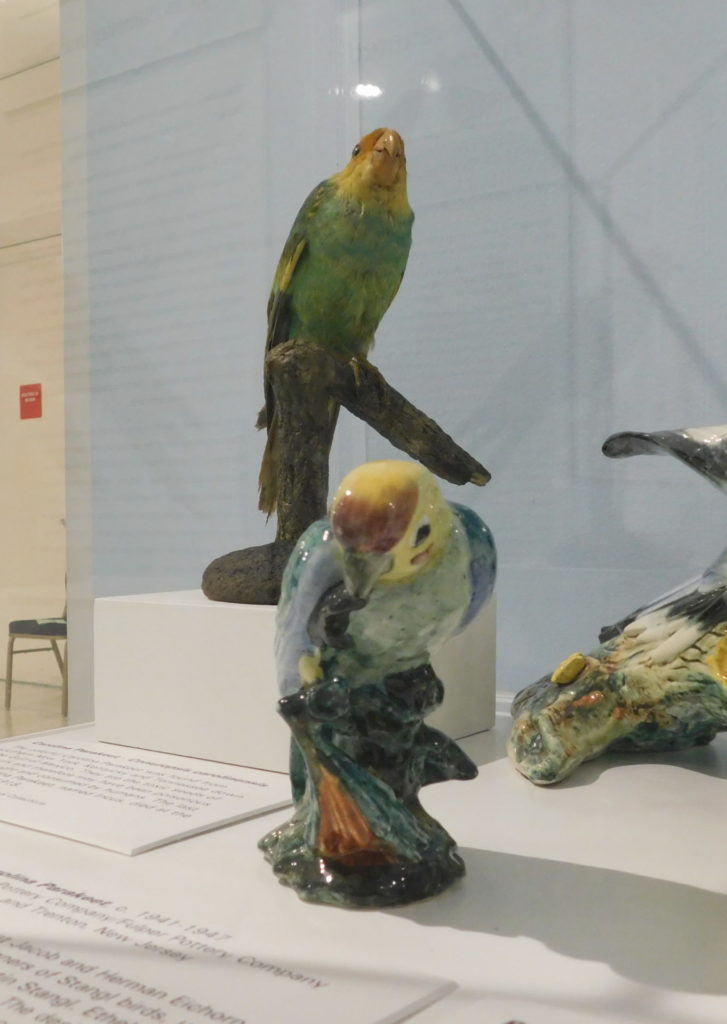
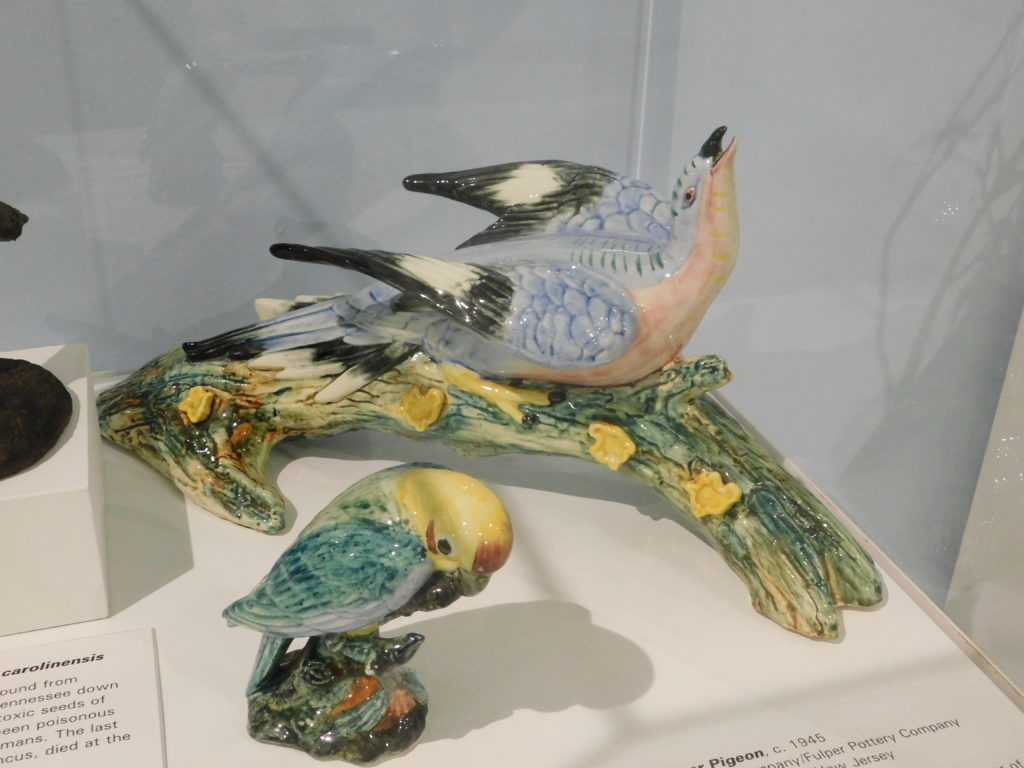

The Cleveland Museum of Art has just made over 30,000 images from their collections available for reuse under a creative commons zero license. Here’s a few examples of Medieval arms in their Armor Court.
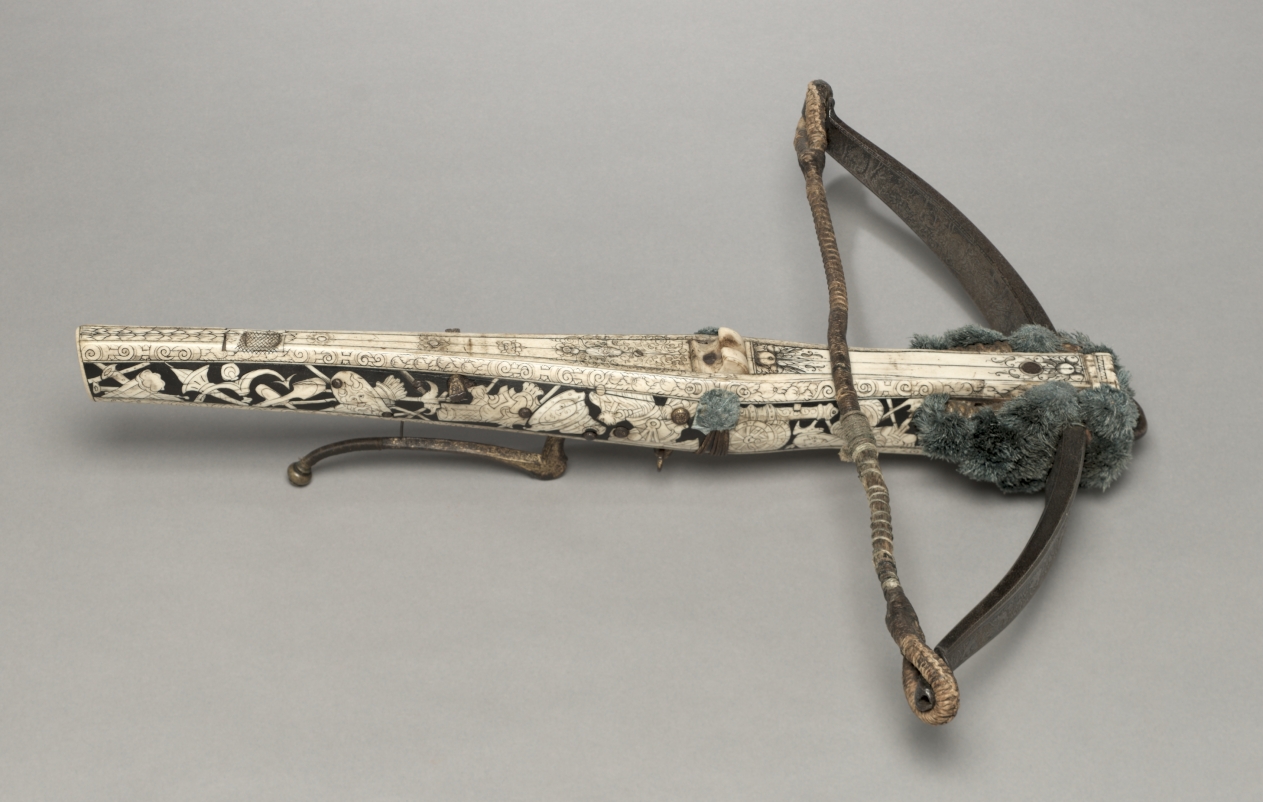
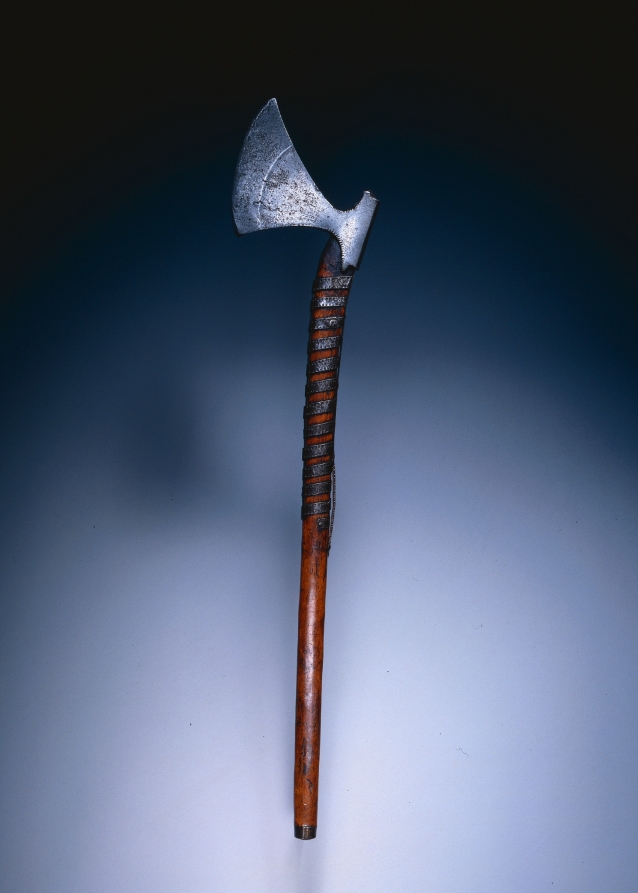

In 1919, James Henry Breasted, archaeologist and founder of the Oriental Institute at the University of Chicago, embarked on a year-long trip through the Middle East. His goal was to identify research opportunities throughout the area, and to obtain artifacts to bring back to Chicago. The story (from a 2010 exhibition at the Institute) was told in Archaeology Magazine.